Building systems are the electrical, plumbing, and mechanical (HVAC) systems found in modern buildings. A building system refers to how these components interact, from interior to exterior. Examples of building systems include ventilation, heating, air conditioning, fire protection, sewer systems, etc. Read More…
As a modular building manufacturer, including inplant modular offices, exterior steel buildings, guard buildings, fork liftable and crane liftable buildings, multi-level buildings and mezzanines, Abtech offers turnkey installations or packages for install by end user. Our modular structures are constructed of steel, are free-standing & manufactured under strict quality control methods.
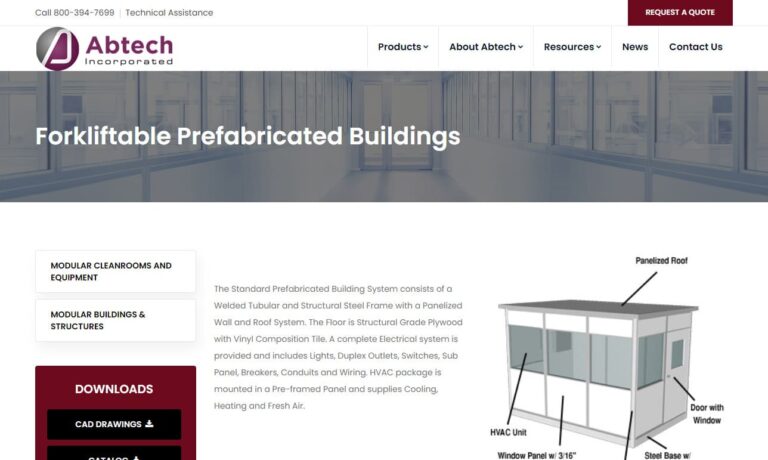
We offer a wide variety of affordable modular buildings for your convenience. Our engineers are determined to bring you a product with a great value and exceptional customer service. We have been around since 1954 providing portable buildings that are made out of steel.
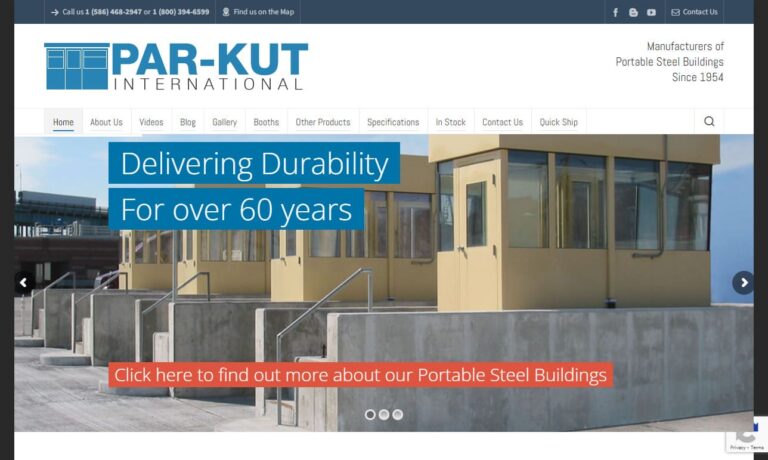
Our booths and partitions are available in solid surface, stainless steel, solid plastic, solid phenolic, high pressure laminate, and metal powder coated. Our washroom accessories also include combo towel waste units, paper towel dispensers, waste receptacles, soap dispensers, mirrors, warm air hand dryers, toilet tissue dispensers, toilet seat cover dispensers, grab bars, bathroom accessories,...
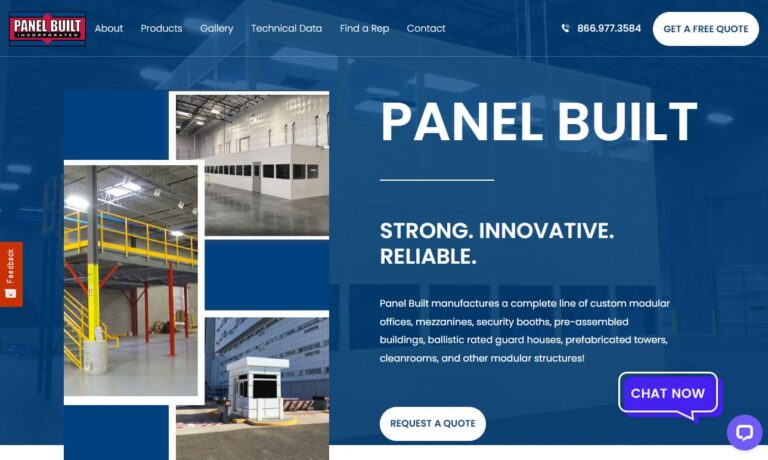
Morgan Buildings can meet just about any modular building need. For over 60 years and 3 generations Morgan has been a pioneer and leader in modular design and construction. As a fully integrated family-operated company we design, build, transport and install modular buildings around the country and the world. From guard houses to 2-story housing complexes and everything in between we have the...
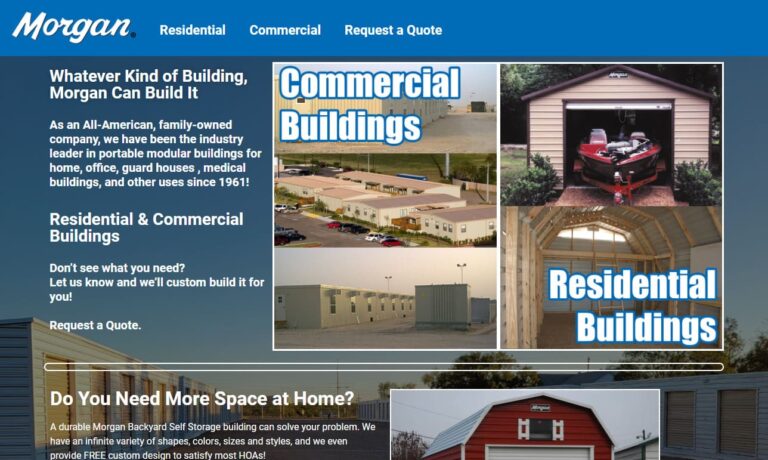
At Boxx Modular, we specialize in delivering innovative modular building solutions tailored to meet the diverse needs of our clients. With years of experience in the industry, we've established ourselves as pioneers in the field, continuously pushing the boundaries of what's possible with modular construction. Our extensive range of products encompasses a wide variety of modular buildings,...
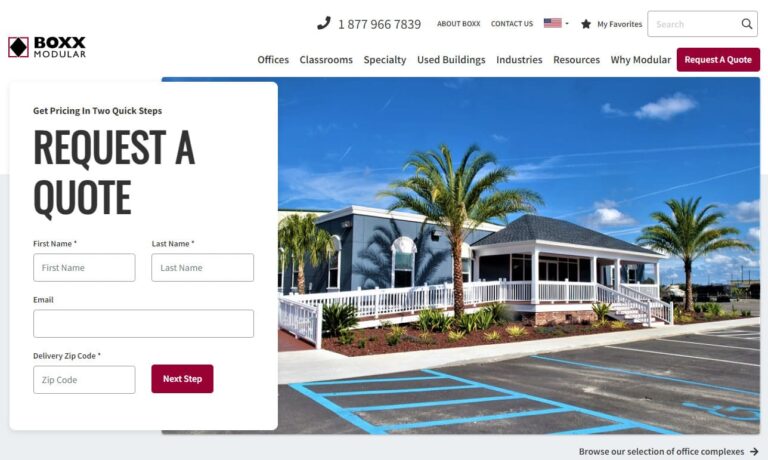
If you are in need of a modular building then you have come to the right place. Customer satisfaction is paramount to our company and we take extra steps to make your experience with us a positive one. We are recognized as a business leader and our success is based off your success. Contact us today for your next project and let us add you to our list of satisfied customers.
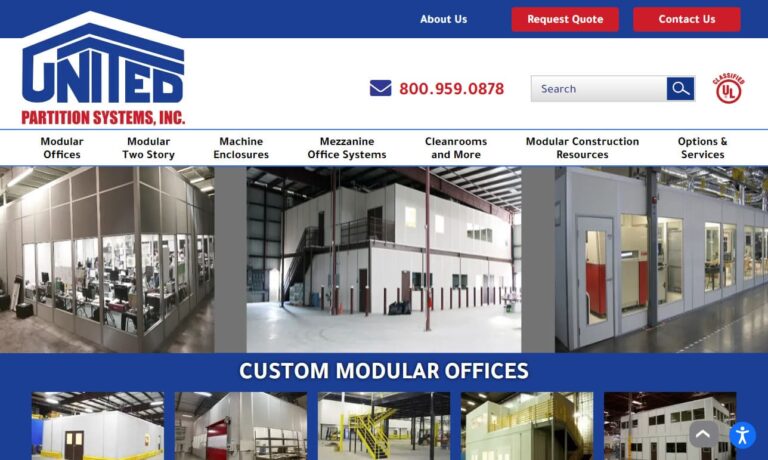
More Building System Manufacturers
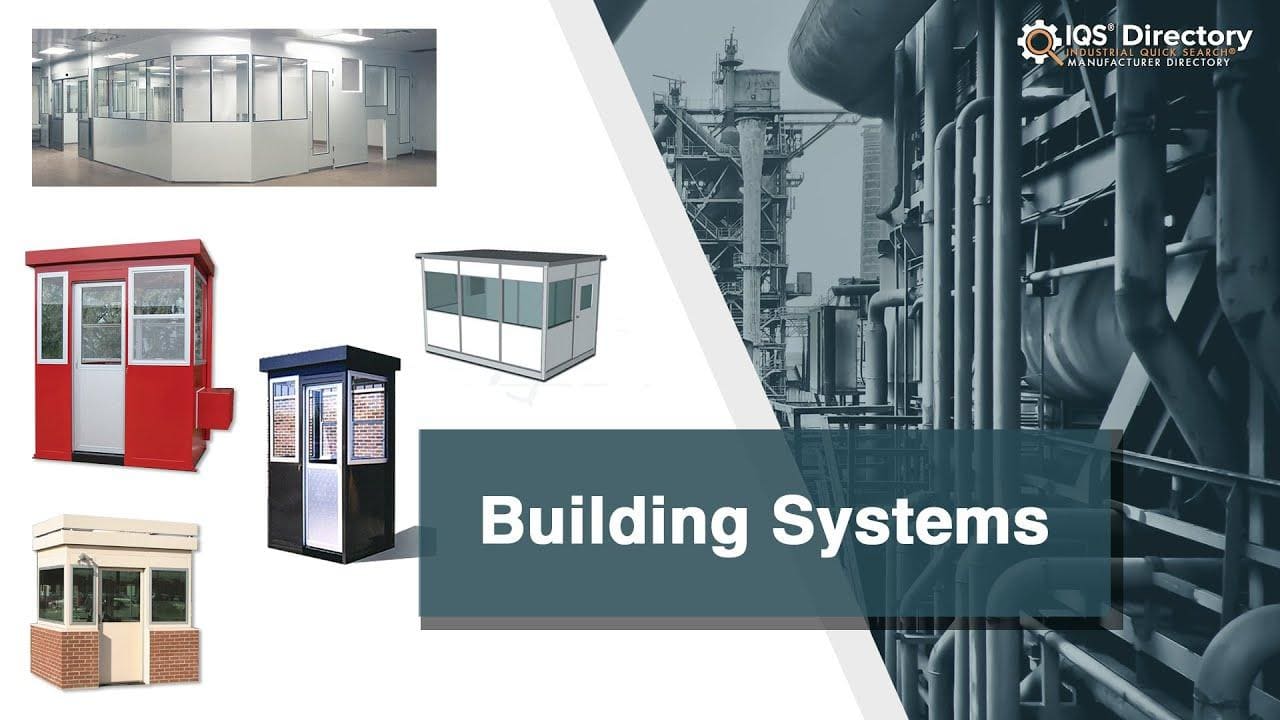
What are Building Systems?
Focusing on how each structural component interacts is what it means to "create as a system" in design and construction. Everything from the outside to the inside is covered, as are connections to municipal sewage systems and electrical networks. This holistic approach takes into account each component's performance in relation to the others is taken into account through each component's life cycle. The interaction of many parts impacts the performance of each section. The building's performance is best evaluated by taking each section into account.
Individually, efficient components won’t always translate into an efficient system. Therefore, it is crucial (in terms of energy efficiency) to consider the interrelationship of the components. Before the systems approach was developed, building components were evaluated individually. As a result, buildings experienced challenges such as excessive heat or cold, high condensation levels, or tenant noise complaints. There were even floods when a building's link to municipal drainage systems was ignored.
The building as a system approach calls for the collaboration of trained experts from the physical sciences, engineering, economics, behavioral sciences, architecture, and construction fields. This requires both technical and soft skillsets, paired with collaboration between architects, electricians, maintenance workers, and planners.
Why Building as a System Approach?
The method of "building as a system" has several advantages. The building as a system method provides a thorough picture of a facility's efficiency across the course of both its short- and long-term use. Clear knowledge of the facility’s efficiency is necessary to find opportunities for improvement.
Increasing the energy efficiency of a building provides advantages for both the inhabitants and society at large. It contributes to decreased utility costs for consumers, increased grid stability for energy suppliers, and a general decrease in carbon emissions.
Increasing occupant health and safety, enhancing building longevity, and enhancing occupant pleasure are further advantages of a “buildings as systems” approach. These advantages are attained through research observations like how windows reflect sunlight onto inhabitants' screens, sound travels across units, and how to extinguish fires slower to promote safety.
Types of Building Systems
The different types of building systems include:
Lighting Systems
Lighting systems are a collection of luminaires and related lighting equipment. This equipment will be installed in an application to provide the right amount of light when needed. This is done in consideration of human comfort, safety, security, visibility, the physical environment, and daylight integration. Even though energy-efficient lighting components are critical, effective lighting paired with daylight system design and controls can still add significant energy savings.

HVAC&R Systems
HAVC&R systems ( heating, cooling, refrigeration, and ventilation) use the most energy in commercial buildings. Efficient HVAC systems can optimize energy use through speed controls, heat recovery, water or air-based distribution, and ventilation. Low-level heat (like rejected heat from HVAC or refrigeration systems) can be used to pre-heat hot water systems or condition outside ventilation air.
Hot Water Systems
Hot water building systems distribute hot water throughout a building. Examples of hot water distribution systems include pipe layout, steam boilers, and strategic placement of the heating system.
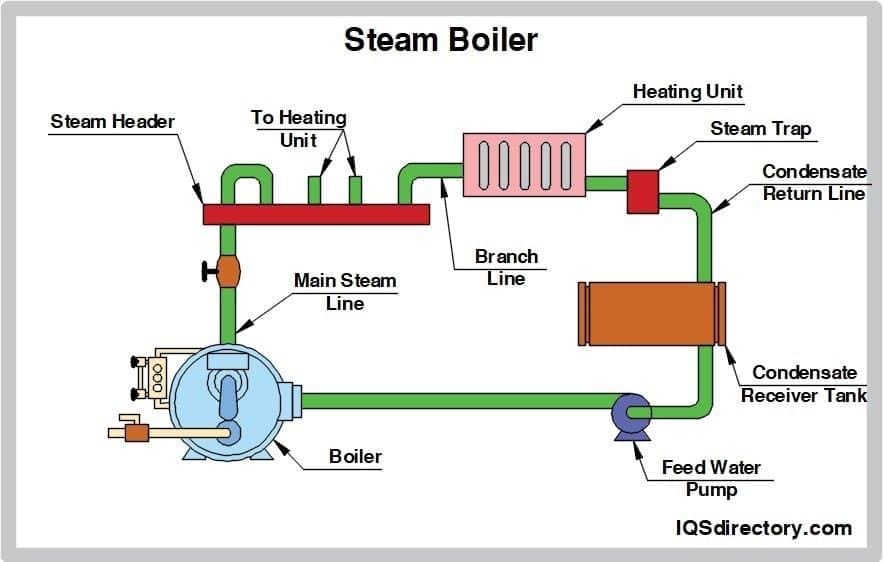
Motor Systems
Motor systems are building systems that consider factors like inverters, drivetrains, and electronic drive controls. They also consider the choice of motor-driven components, for example, pumps and air handlers. All these system components could increase the system’s efficiency.
Combined Heat and Power
These building systems can save energy, reduce building operation costs, improve building operational resilience and enhance grid reliability. There are three advantages of combined heat and power resilience value. First, it allows continued operation during major events. Secondly, it guarantees power reliability under routine conditions. Thirdly, the power quality is improved.
District Energy Systems
Building systems improve energy productivity and energy diversity while reducing GHG emissions. District energy systems can reduce heating and cooling energy in urban structures by 30 to 50%. District energy systems are open to different thermal fuel sources. Therefore, when district energy systems are combined with CHP (Combined Heat and Power), they diversify the source of both electricity and heat.
Direct Current Power
When direct current power is included within a building, it reduces the energy demand and expands control options, grid balancing, safety, and reliability. Direct Current Power distribution can deliver energy savings that are systems-oriented for lighting, MELs, and many HVAC&R components. The process requires reducing the alternating current to DC (AC/DC) conversion losses and AC/AC transformer losses, in standby and active modes.
Applications of Building Systems
Building systems are used in many building types, including:
- Industrial building structures
- Medical building structures
- Residential building structures
- Supermarket / Mall structures
Benefits of Building Systems
- Building systems provide a picture of the building’s short-term and long-term efficiency. This lowers the expenses of the occupants and reduces carbon emissions.
- Building systems increase the safety, satisfaction, and health of occupants.
- Building systems are durable, sustainable long-term solutions.
- Building systems provide advanced techniques and tools to enhance the security system
Choosing the Right Building System Company
To ensure you have the most constructive outcome when selecting a building system company, it is important to compare several companies using our directory of building system businesses. Each building system company has a business profile page highlighting their areas of experience and capabilities, along with a contact form to directly communicate with the business for more information or request a quote. Review each building system company website using our patented website previewer to quickly learn what each business specializes in. Then, use our simple RFQ form to contact multiple building system companies with the same form.

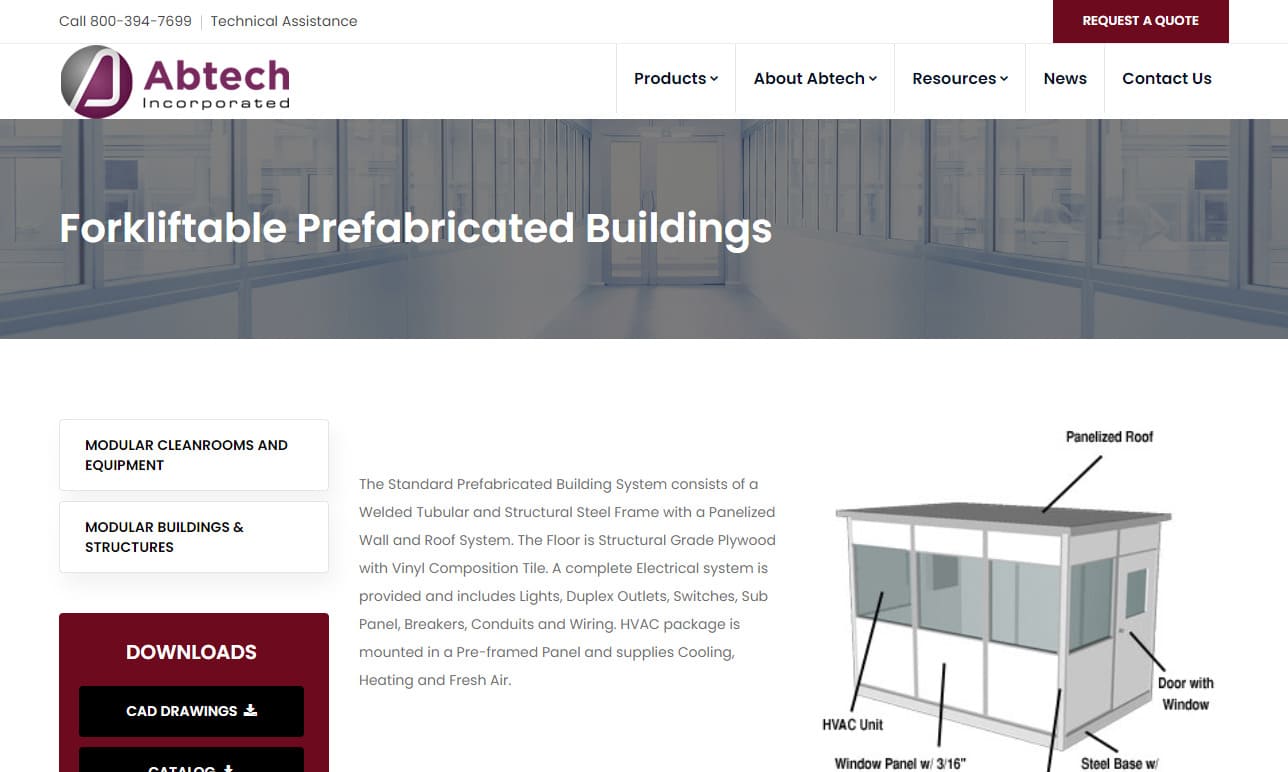
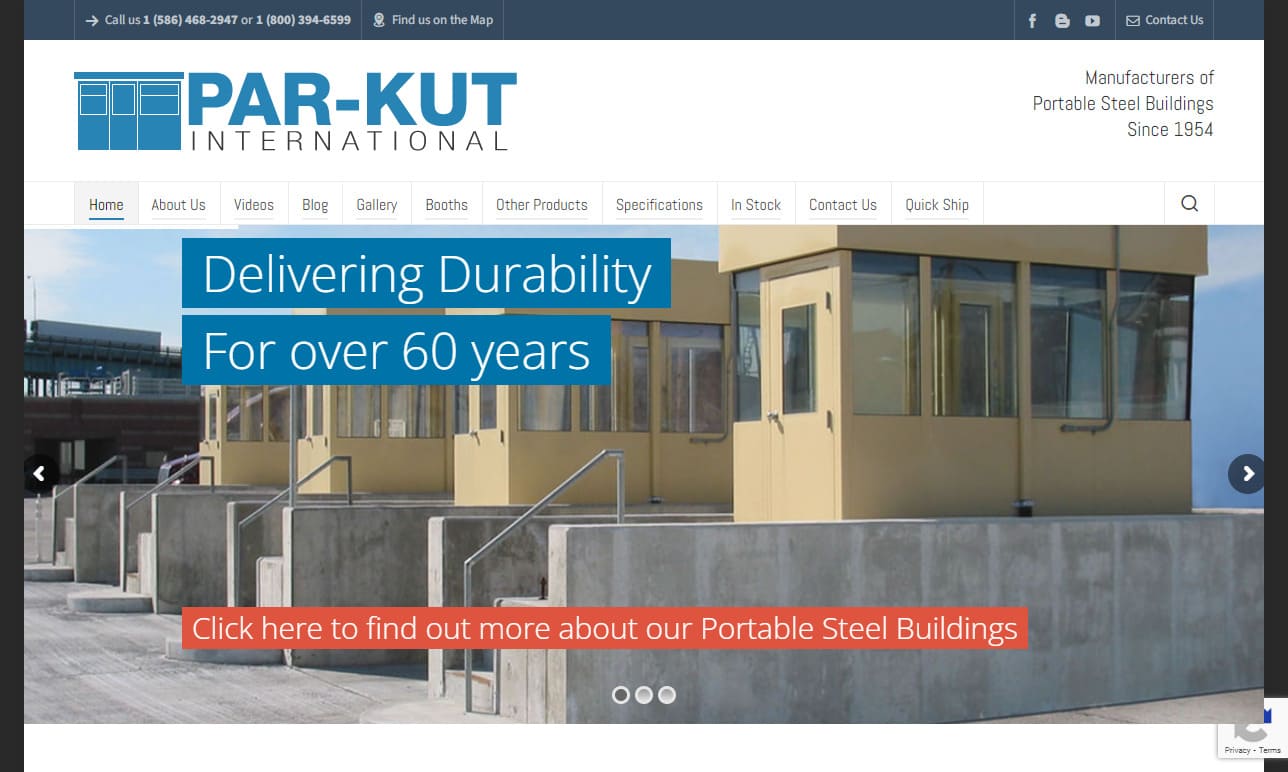
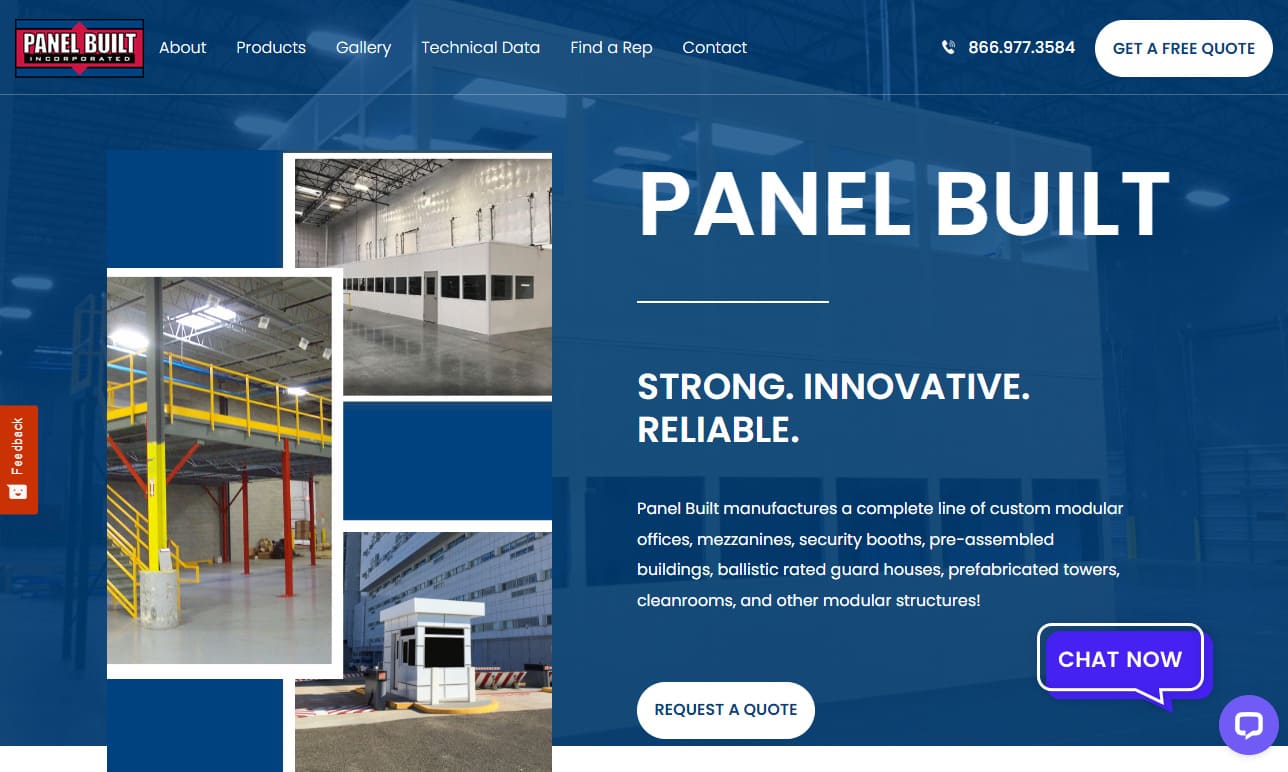
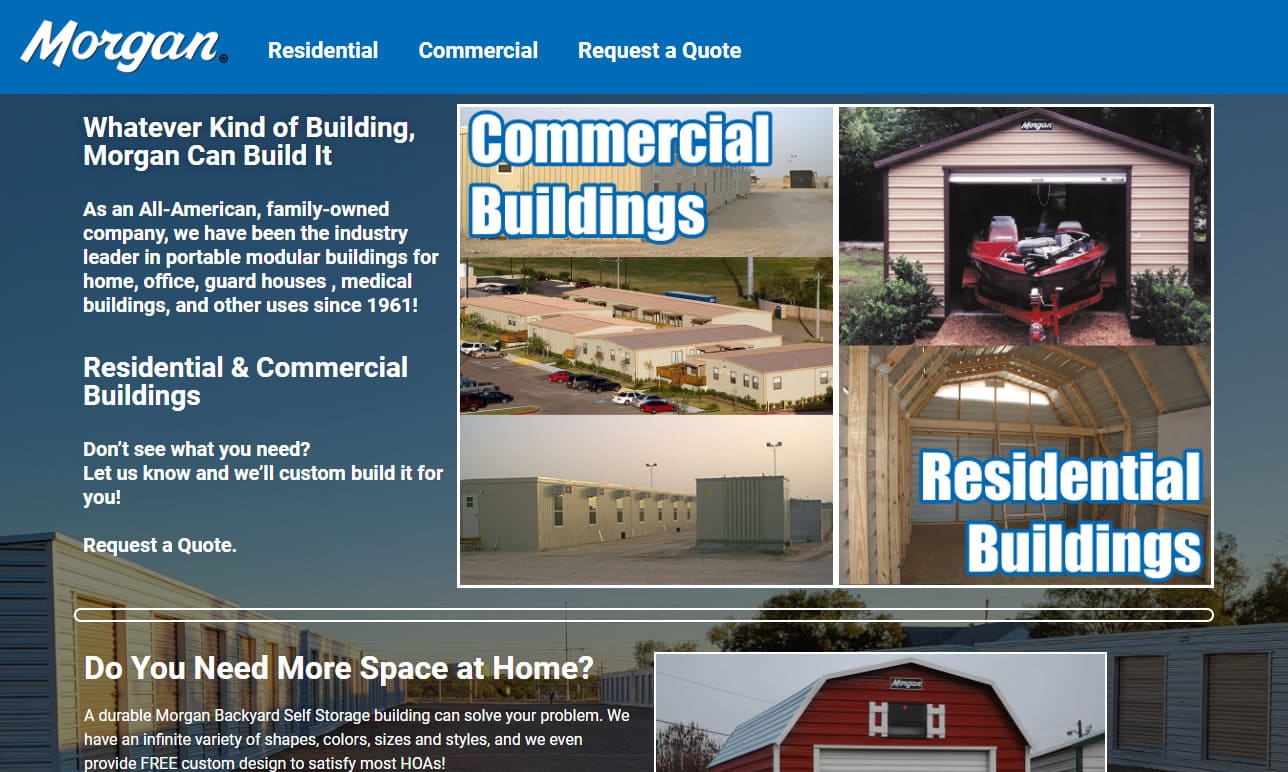
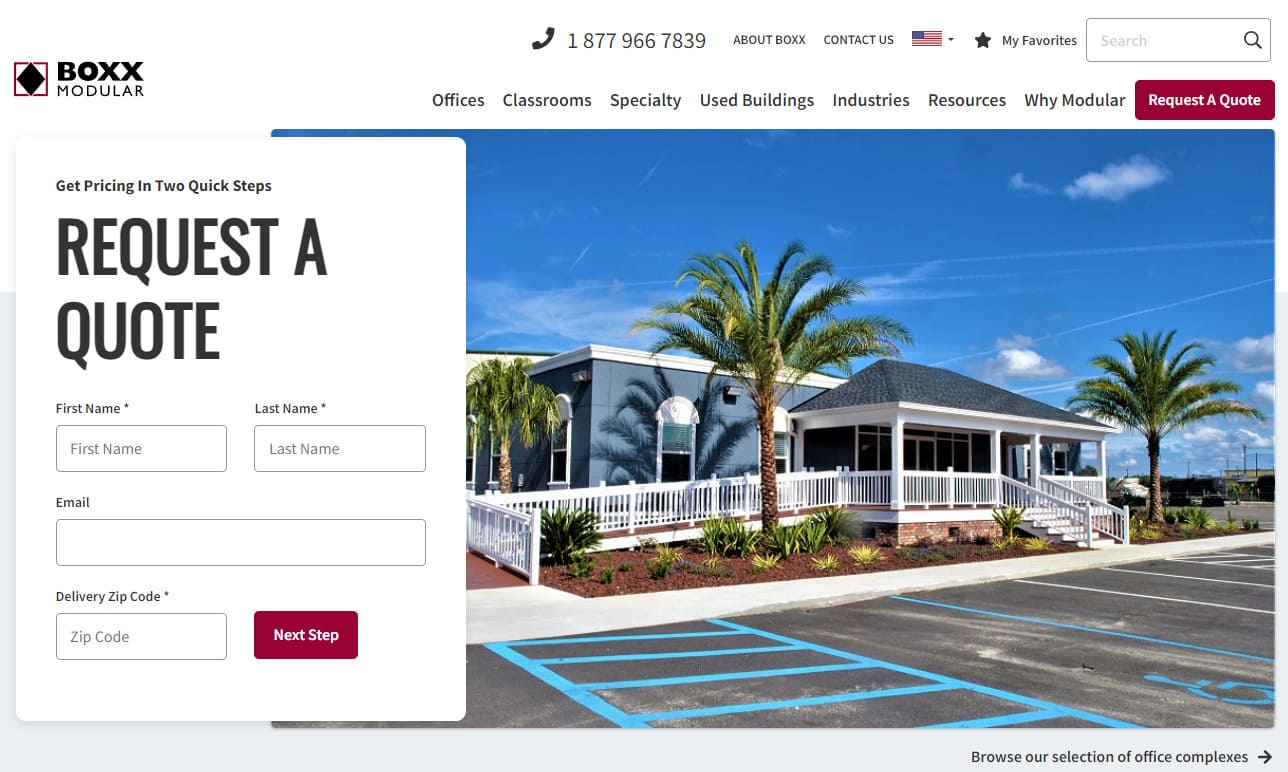
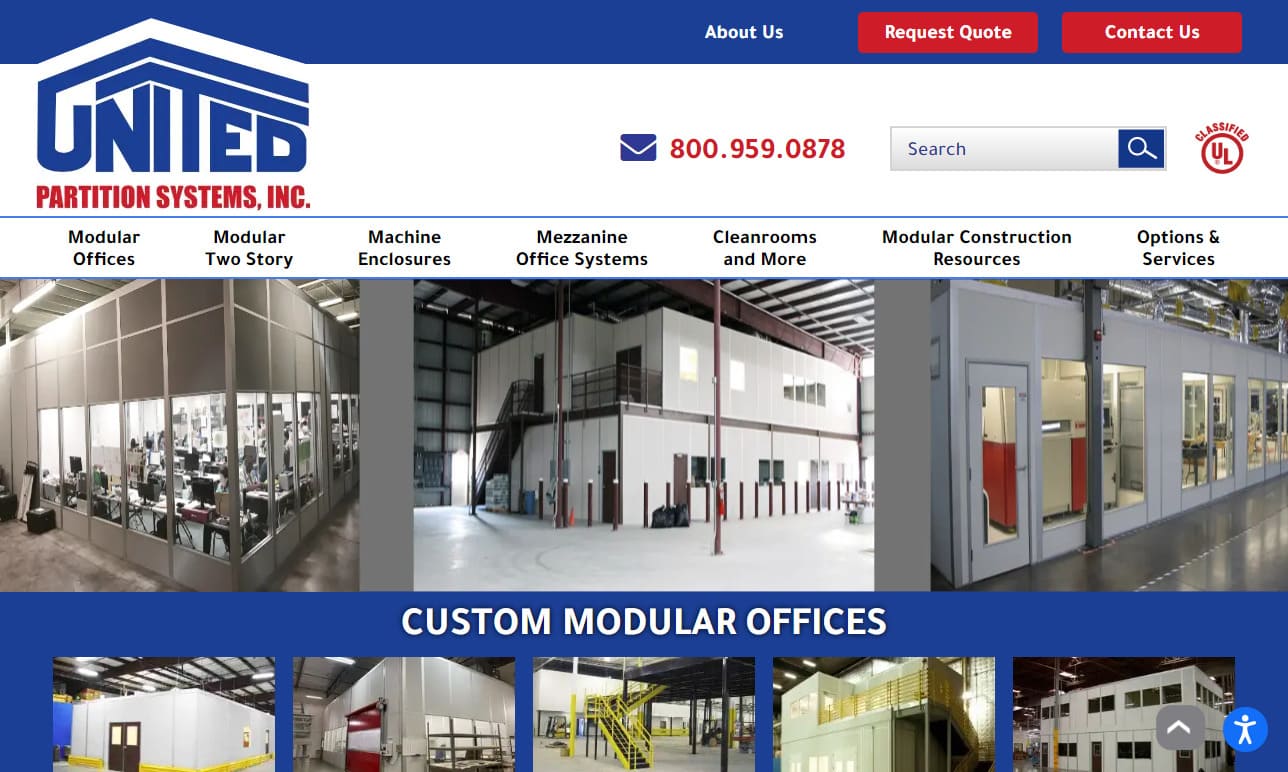
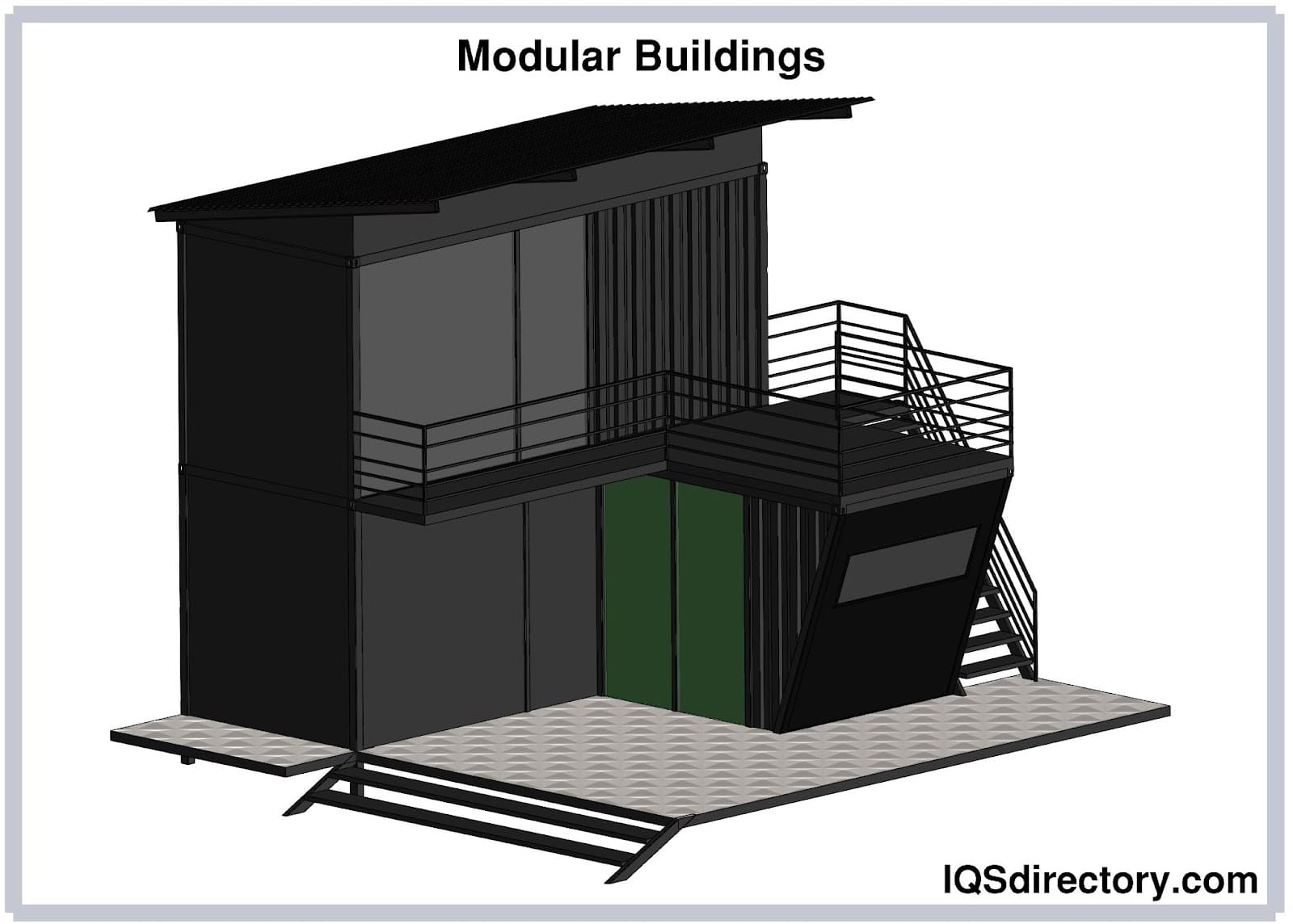
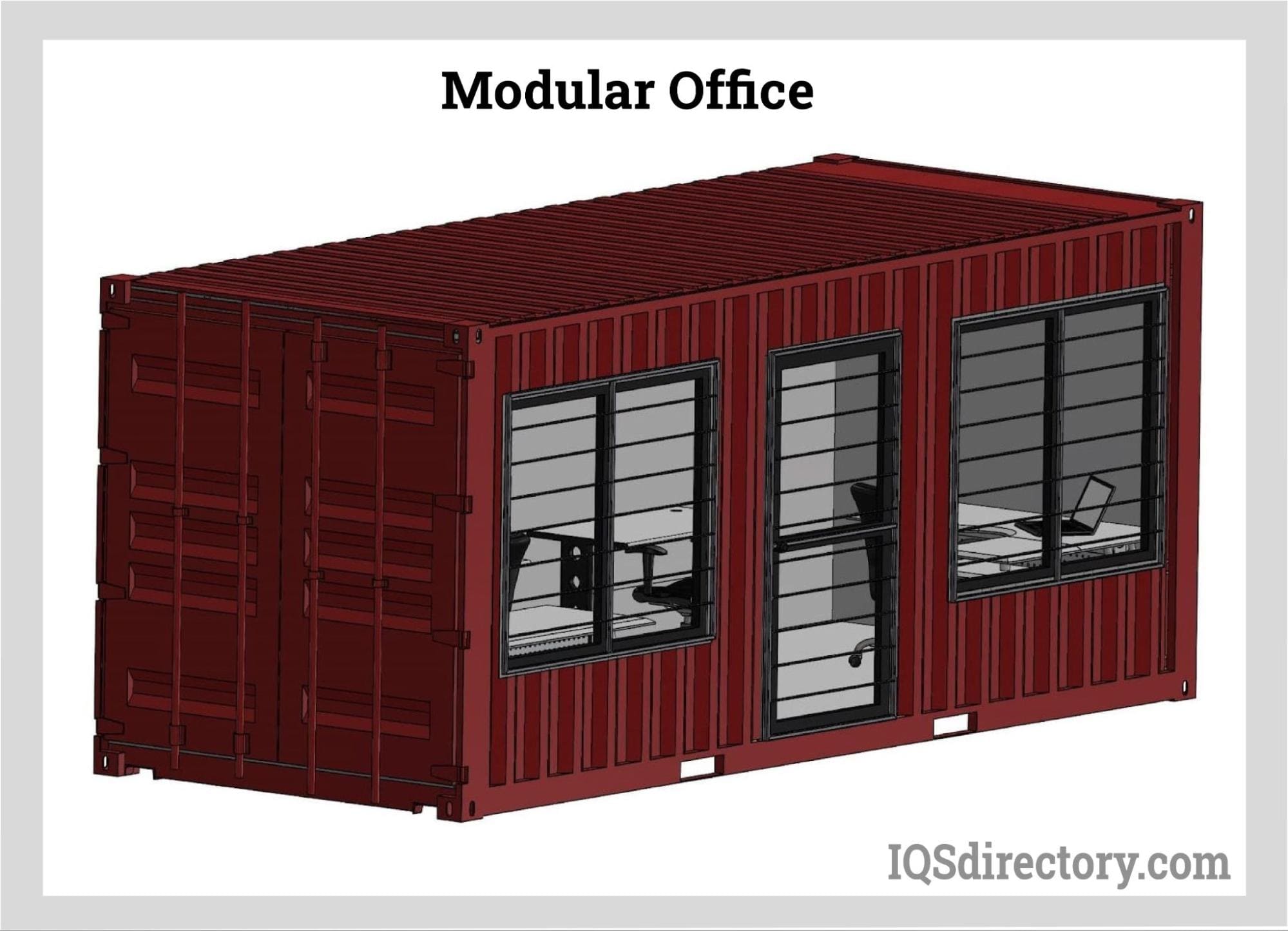
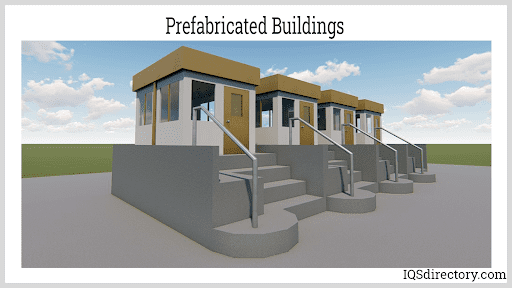
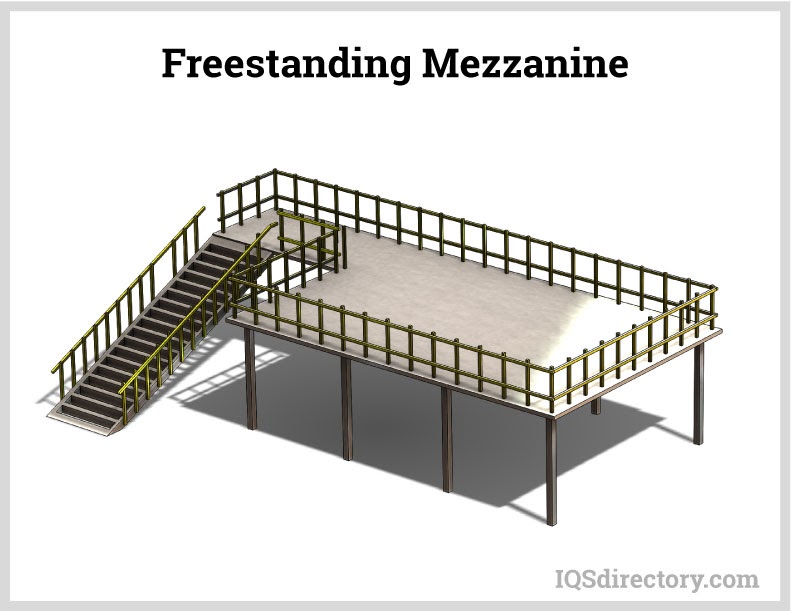
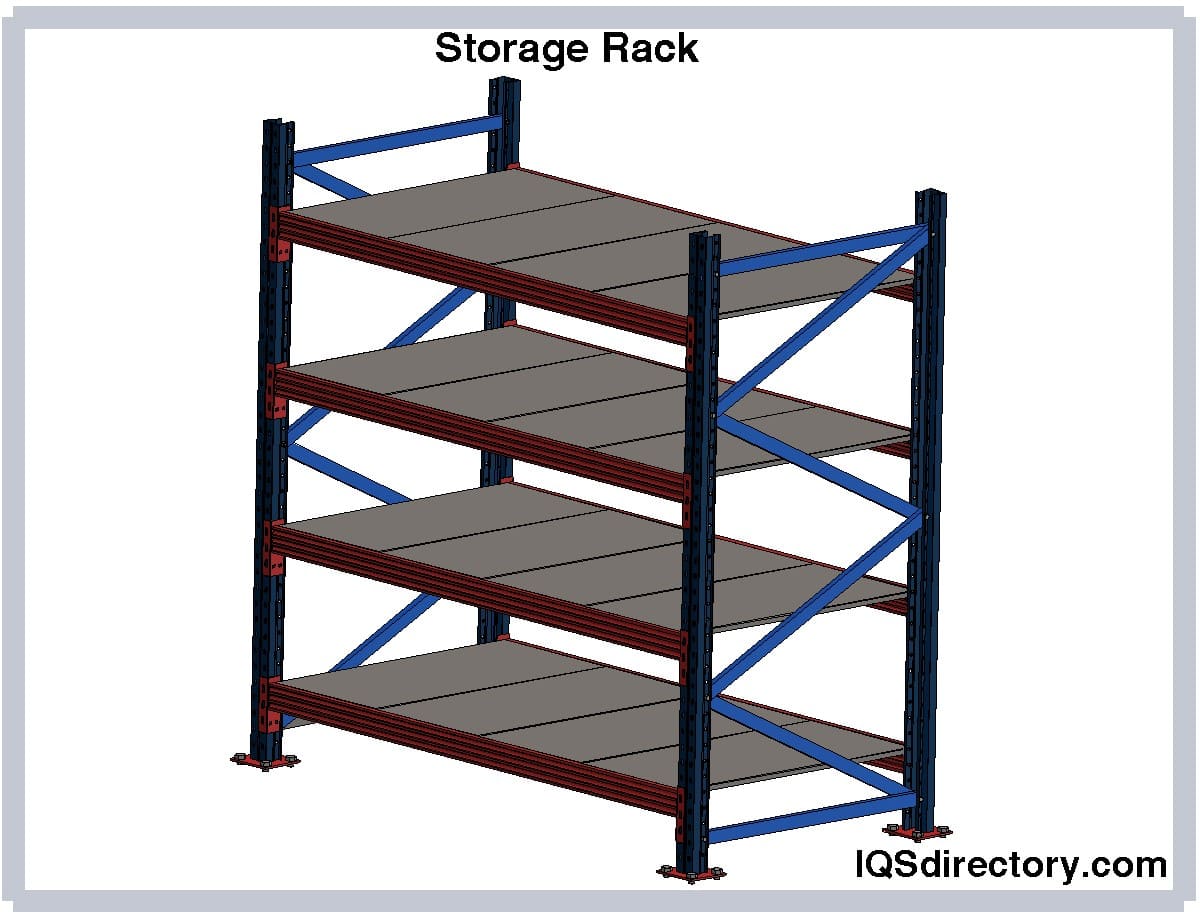
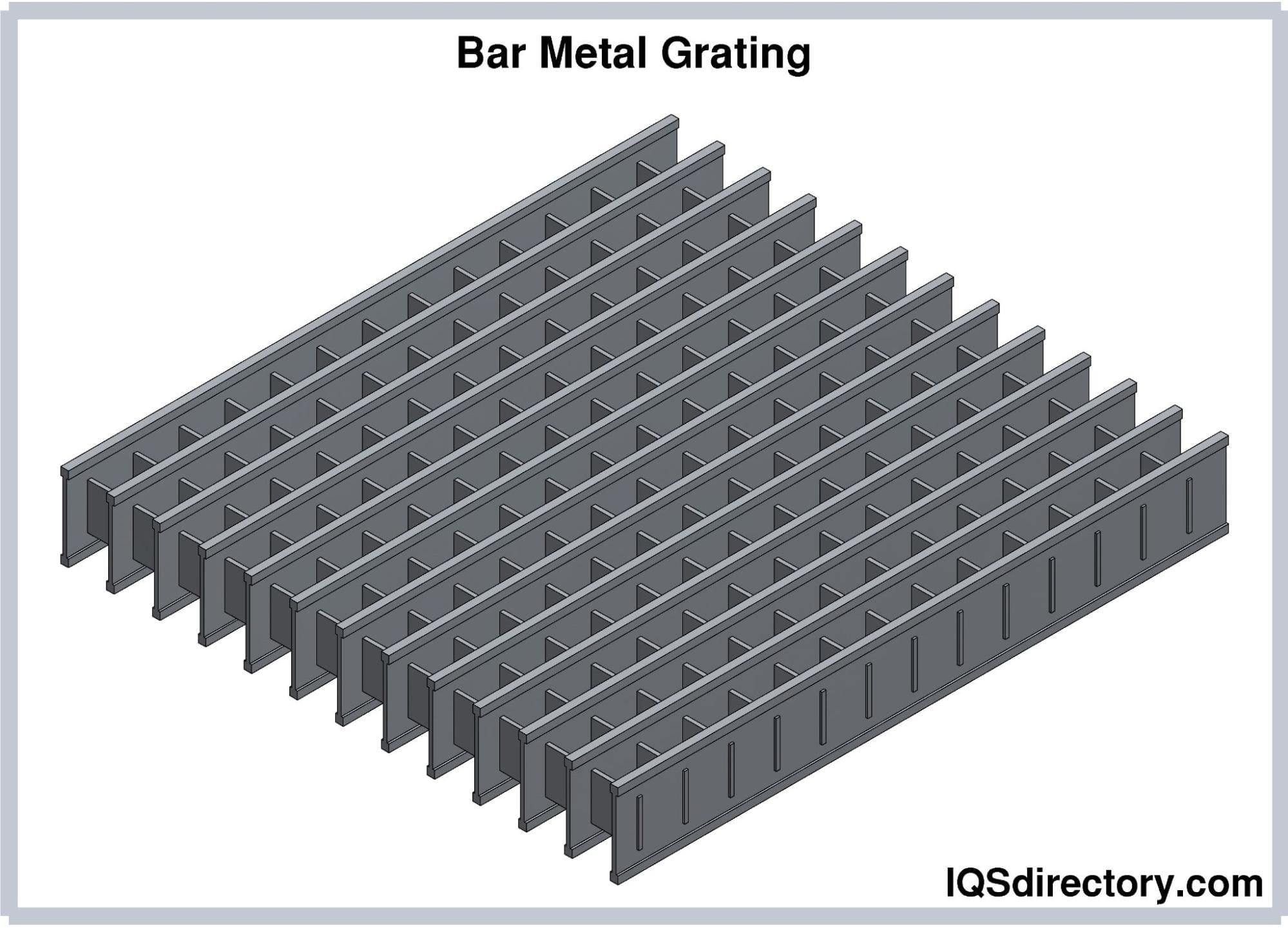
 55 Gallon Drums
55 Gallon Drums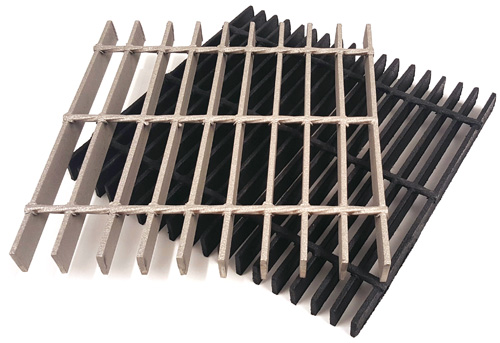 Floor Gratings
Floor Gratings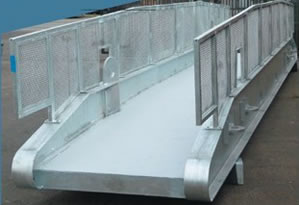 Mezzanines
Mezzanines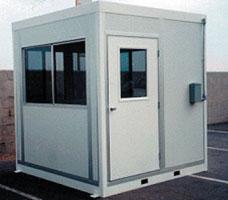 Modular Buildings
Modular Buildings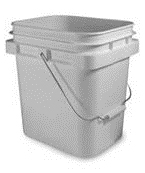 Plastic Containers
Plastic Containers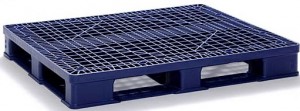 Plastic Pallets
Plastic Pallets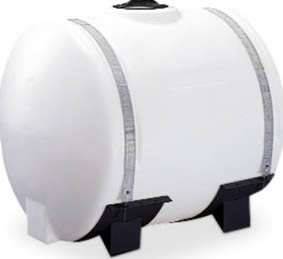 Plastic Tanks
Plastic Tanks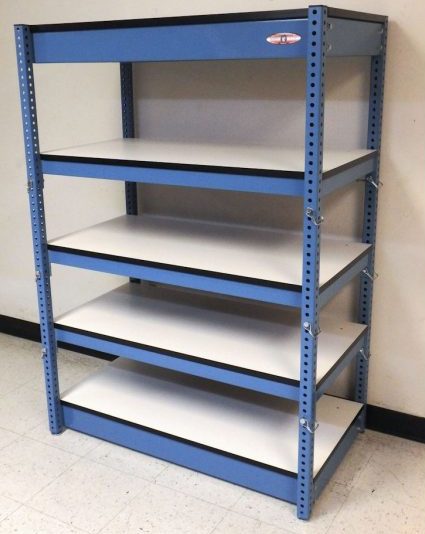 Steel Shelving
Steel Shelving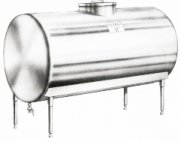 Stainless Steel Tanks
Stainless Steel Tanks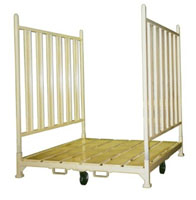 Storage Racks
Storage Racks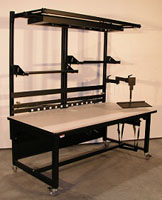 Work Benches
Work Benches Castings & Forgings
Castings & Forgings Bulk Material Handling
Bulk Material Handling Electrical & Electronic Components
Electrical & Electronic Components Flow Instrumentation
Flow Instrumentation Hardware
Hardware Material Handling Equipment
Material Handling Equipment Metal Cutting Services
Metal Cutting Services Metal Forming Services
Metal Forming Services Metal Suppliers
Metal Suppliers Motion Control Products
Motion Control Products Plant & Facility Equipment
Plant & Facility Equipment Plant & Facility Supplies
Plant & Facility Supplies Plastic Molding Processes
Plastic Molding Processes Pumps & Valves
Pumps & Valves Recycling Equipment
Recycling Equipment Rubber Products & Services
Rubber Products & Services